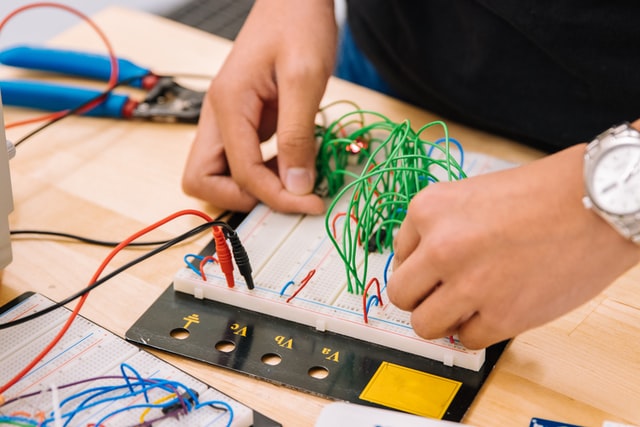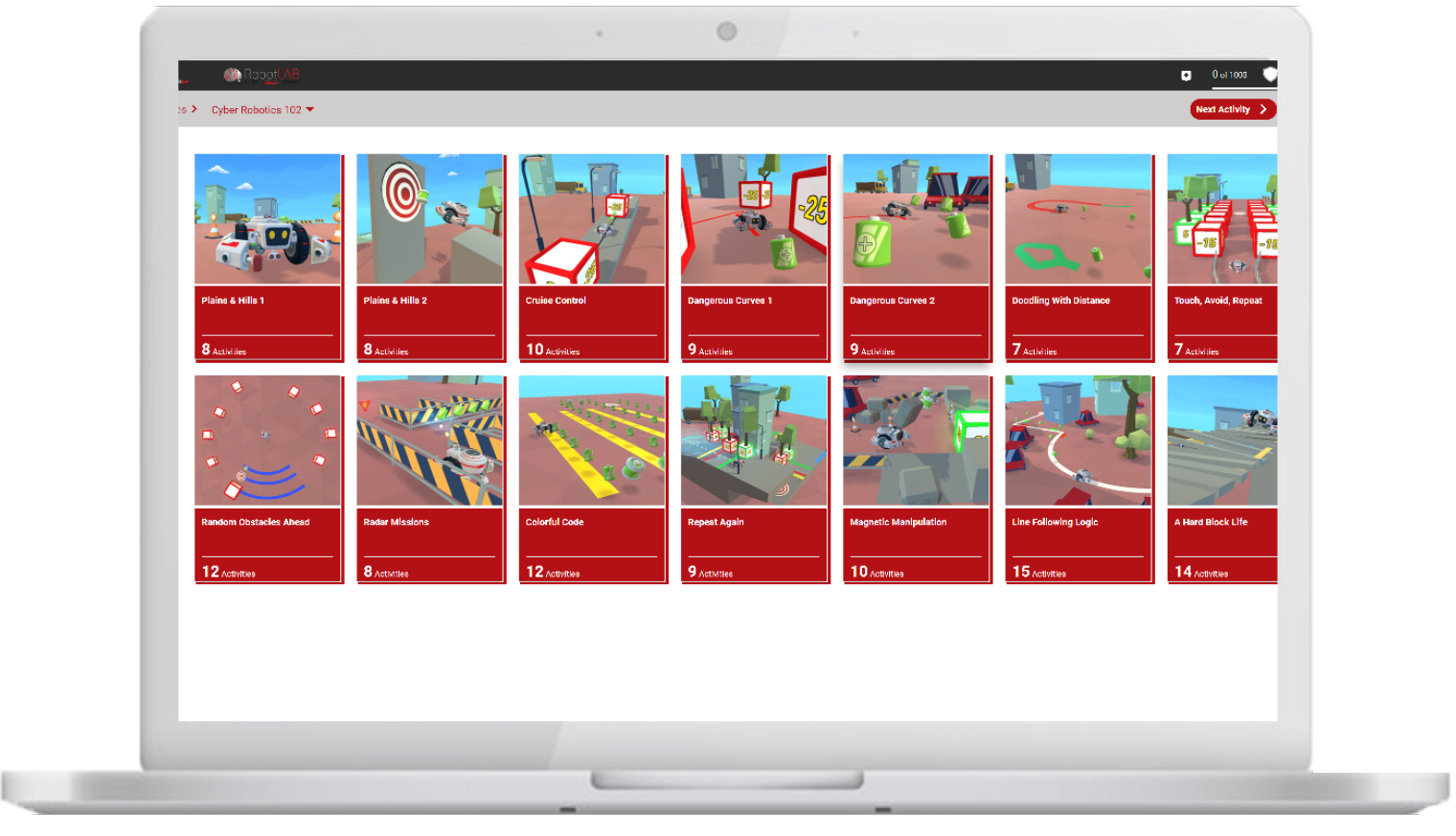By Amy Nichols
 Photo by Jeswin Thomas on Unsplash
Photo by Jeswin Thomas on Unsplash
This period of remote teaching is a good time to start using project-based learning, which encourages authentic work and creativity.
When teaching in challenging times like these, it’s easy to get so mired in the day-to-day minutiae of making online learning work that you can lose sight of how important fun is to learning. Not only does fun build engagement in remote environments, but it alleviates some of the trauma experienced by kids this year.
Based on my experience as a seventh-grade teacher and now as a professor of education, I believe that project-based learning (PBL)—often a key strategy in physical classrooms—can be a critical component of rigorous online learning, and to turning frowns upside down.
Authentic learning does not need to stop just because students are learning from home. In fact, the current situation gives us a great opportunity to show students why what we are teaching them matters and how authentic learning connects to real-world problems. PBL is a great way to facilitate this understanding—and it takes just a few steps to facilitate active, engaging lessons in the online setting.
HOW THE DRIVING QUESTION HELPS
Driving questions are core to project-based learning, and there’s no reason why they can’t work in a virtual environment. Think of a driving question as one that gets students engaged and active. Don’t think “what,” think “how.” For example, if you’re a science teacher discussing ocean pollution, rather than asking, “What are three main elements contributing to ocean pollution?” (yawn), you could ask, “How would you solve the problem of ocean pollution?” Chances are, then you will see the brain engines start to rev with possibilities.
SEND STUDENTS ON A QUEST
From there, you’d send students on a quest to find answers, perhaps with the prompt “Come up with a three-step solution to one aspect of ocean pollution.” The original “how” question has gotten their brains going, and the solution assignment unleashes their problem-solving skills, increasing their engagement. Once they’re on that path to discovery, they will start to have fun.
There are many ways you can help students on their quest for information. A few ideas:
-
Invite guest speakers whom they can interview during synchronous class time.
-
Share guiding questions through your learning management system (e.g., Google Classroom) to help focus their thinking and websites that they can use to help find the answer.
-
Create a virtual “escape room” where teams of students complete puzzles and solve riddles to help guide their research and increase focus.
The quest can be done at any age. You can guide younger students with more specific focusing questions and specific websites or videos when you include the links. For older students, point them in a general direction and let them run. Freedom to innovate is one of the hallmarks of invention, after all.
OFFER STUDENTS CHOICES
In her theory of differentiated instruction, University of Virginia professor of education Carol Ann Tomlinson asserts that because students learn at different speeds and can vary dramatically in terms of their learning styles, teachers need to create learning environments and approaches that reflect those variations. Yet so often we teach one lesson with one assessment.
Project-based learning is an ideal solution to that challenge: It’s up to the students to showcase their best idea in the best format for them. So, if we return to solving the problem of ocean pollution, some students might invent a machine, others might create a documentary in which they highlight problems and solutions, and still others might write a paper explaining their ideas. They are all answering the driving question, in their own way.
The beauty of this aspect of PBL is that students are engaged and excited; they want to go on a quest to find the best answer, and they want to solve the problem. They are highly motivated to turn in their best work.
I have found that PBL, with a little practice, is highly engaging to teach, as well as a highly engaging format in which to learn. I always tell my education students, “If you’re not having fun, neither are your students.” In my years of using PBL, I have been astounded by the creativity of my students. The future generation is bright and imaginative. Using project-based learning to teach, including online, opens the doors of students’ minds to their own strengths and interests, allowing them to soar, even in a difficult learning environment.
TIPS FOR SUCCESS
Administrators: In the scramble to provide educators with curriculum during this crazy season, do not take away their ability to engage students. So many of the online curricula being used cover standards but do not create students who love to learn. Give your teachers permission to be creative.
Teachers: Be organized. If supplies are needed, get that information to parents at least a week ahead of time, and share with them an overview of the week you are infusing your instruction with remote project-based learning approaches. Tell them to be patient and emphasize that project-based learning will likely engage their child in online instruction. While some may balk initially at having to get supplies, in the end they will be thankful because their child actually wants to do the required assignments.
Discover more Online Resources with RobotLAB!

CoderZ is an online educational environment that improves students 21st century skills, while they are having fun programming their own virtual cyber robot. CoderZ and RobotLAB has different lessons to do at home! Check them out Here

